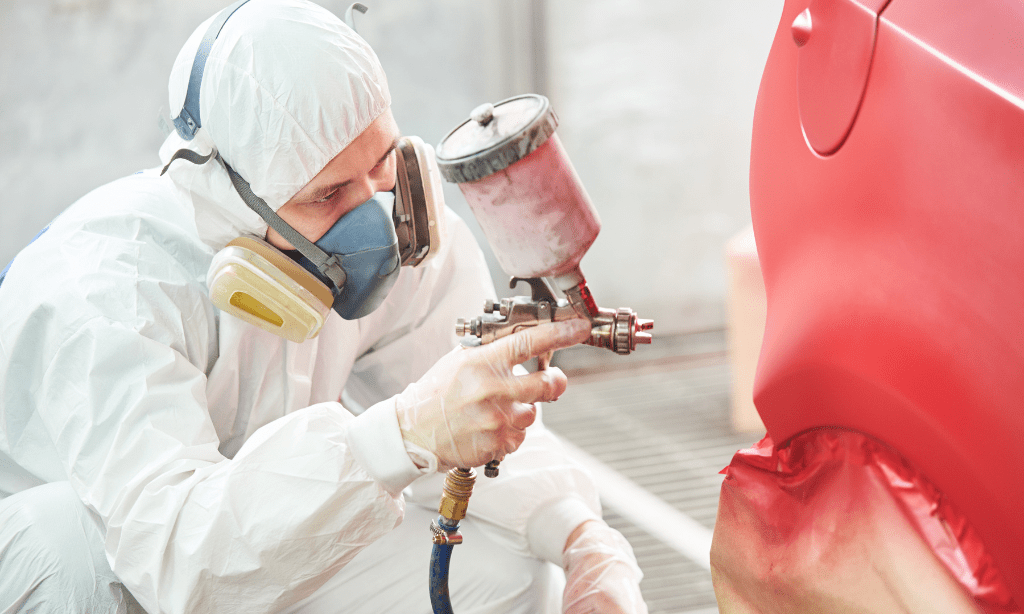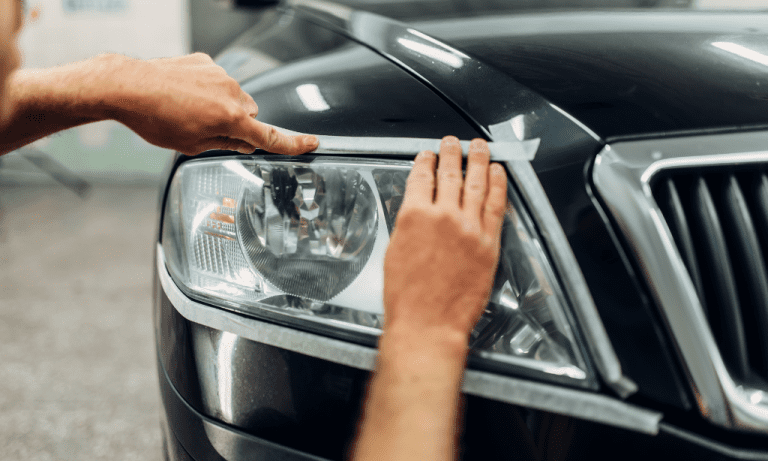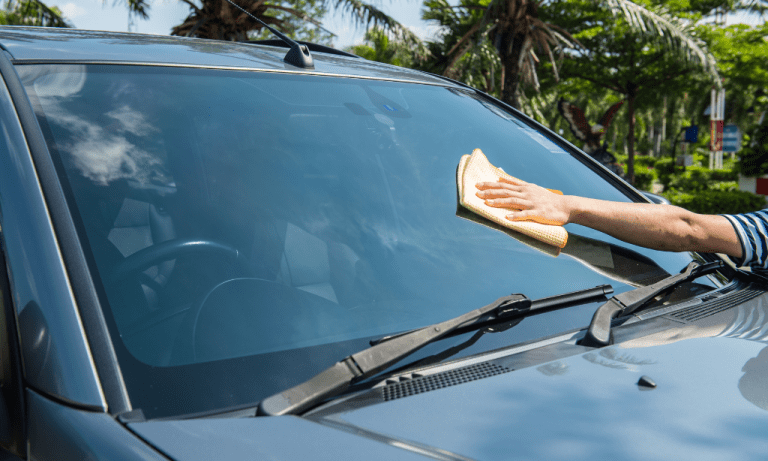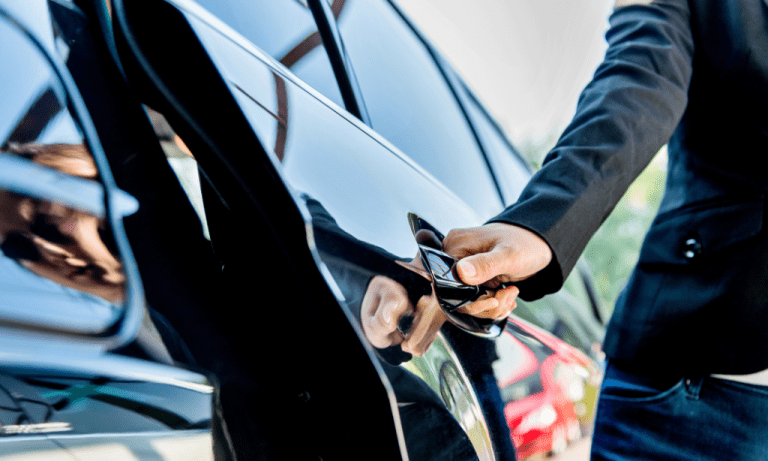Does Lime Damage Car Paint? (Find Out the Surprising Truth!)
Yes, lime can damage car paint as it is acidic and can cause etching and discoloration on the surface. Lime’s acidic properties can harm the paintwork of a car, leading to unsightly marks and potentially costly repairs.
When acidic substances like lime come into contact with car paint, they can eat away at the protective clear coat, causing damage to the underlying paint layers. This can result in dull patches, discoloration, and even peeling of the paint.
It is important to promptly wash off any lime or other acidic substances from your car’s paintwork to prevent long-term damage. In this article, we will delve deeper into the effects of lime on car paint and provide tips on how to protect your vehicle’s paint from potential harm.
Understanding The Impact Of Lime On Your Vehicle’S Exterior
When it comes to the impact of lime on your vehicle’s exterior, it’s crucial for car owners to understand potential damage. Lime deposits can eat away at the car paint, causing it to chip, fade, or lose its shine. Not only does this affect the overall aesthetic appeal of the vehicle, but it can also lead to expensive repairs.
The acidic nature of lime can erode the protective coating of the car’s paint, making it more vulnerable to scratches and discoloration. Additionally, lime stains can be stubborn to remove, requiring specialized cleaning agents and techniques. Regularly washing your car and promptly removing any lime residue can help preserve its paint job and keep it looking pristine.
So, car owners must remain vigilant to protect their vehicle’s exterior from the potential damage caused by lime deposits.
Types Of Lime
Differentiating between various forms of lime is essential for understanding their effects on car paint. One type of lime that can damage car paint is hydraulic lime. It contains soluble salts that can react with moisture and produce efflorescence, causing paint discoloration.
Another form, agricultural lime, is less harmful as it consists mainly of calcium carbonate. However, if it contains impurities such as magnesium, it can lead to etching on the car’s surface. Lime scale, commonly found on faucets and showerheads, is another type that can damage car paint if left untreated.
Its high concentration of calcium and magnesium can cause staining and even pitting. Therefore, it is important to be aware of the potential risks associated with each type of lime and take necessary measures to protect car paint from any damage.
How Lime Interacts With Car Paint
Lime can indeed cause damage to car paint due to the chemical reactions it triggers. The acidity of lime plays a significant role in this process. The acidic nature of lime can erode the protective coating of the vehicle’s exterior, making it more vulnerable to damage.
Factors like prolonged exposure to lime, high temperatures, and moisture can exacerbate the potential harm. When lime comes into contact with car paint, it can leave behind stains, etch marks, or even cause the paint to chip or peel off.
Therefore, it is essential to wash off any lime residue promptly and thoroughly to protect the car’s paintwork from potential damage. Regular cleaning and maintenance can help safeguard the vehicle’s appearance and prevent costly repairs in the long run.
Signs Of Lime Damage
Signs of lime damage on car paint can be easily recognized by the appearance of etching, discoloration, and peeling. Etching occurs when the acidic properties of lime eat away at the paint’s protective coating, leaving behind small scratches or marks.
Discoloration may occur as the lime reacts with the paint, causing it to change color or become dull. Another common sign is peeling paint, where the lime causes the paint to lift off the surface, leaving patches or flakes. It is important to address these signs promptly to prevent further damage to the car’s paintwork.
Regular washing and waxing can help protect against lime damage, and if necessary, professional detailing or repainting may be required to restore the car’s appearance.
Prevention And Maintenance Tips
Prevention and maintenance tips can help protect car paint from potential lime damage. Regular maintenance routines are crucial in this regard. Promptly removing lime contamination is of utmost importance to prevent any damage to the car’s paint. By following these strategies and incorporating regular maintenance routines, car owners can keep their paint looking pristine and protect it from the harmful effects of lime.
Taking proactive measures can ensure longevity and a vibrant visual appeal, making the car look well-maintained and preserving its value. So, remember to stay vigilant, maintain a proactive approach, and promptly address any lime contamination to keep your car paint in top condition.
With these practical strategies in place, you can enjoy a beautiful and well-maintained car for years to come.
Debunking Common Myths
False beliefs and rumors about lime damaging car paint need to be debunked. Lime does not harm the exterior of vehicles. Many misconceptions about lime’s impact on car paint have caused unnecessary concern among car owners. It is crucial to address these misconceptions and provide accurate information.
Lime, by itself, does not have the ability to damage car paint. While it is true that lime can cause stains if left on the car’s surface for an extended period, these stains can be easily removed without any damage to the paint.
Therefore, it is important to understand the facts and not be swayed by false beliefs when it comes to lime and its impact on car paint. Keeping the car clean and promptly addressing any lime stains will help maintain a pristine exterior.
Professional Solutions
Seeking professional services for lime damage prevention and restoration can make a significant difference. Expert advice offers numerous benefits, ensuring your car’s paint remains protected. These professionals have the skills and knowledge to effectively address lime damage issues, employing proven techniques for prevention and restoration.
By enlisting their help, you can avoid the common pitfalls associated with diy solutions and save yourself time, effort, and potential further damage. They understand the unique requirements of car paint and possess the necessary tools and products to deliver optimal results.
Don’t risk the integrity of your car’s paint job; instead, take advantage of professional interventions that will not only restore your vehicle’s appearance but also extend its lifespan. With their assistance, you can enjoy a pristine and well-protected car that will turn heads on the road.
Diy Tricks And Quick Fixes
Lime damage on car paint can be a bothersome issue for many car owners. However, there are cost-effective and accessible methods that you can try at home to fix this minor problem. Prevention is key and regular car washing and waxing can help protect the paint from lime deposits.
If you notice any lime spots on your car, you can use a mixture of vinegar and water to gently remove them. Another handy trick is to rub a lemon slice on the affected area, as the acidity in the lemon helps to dissolve the lime deposits.
For tougher stains, you can use a clay bar lubricated with a mild car soap to gently scrub off the residue. By following these diy alternatives, you can effectively prevent and treat lime-related issues on your car paint.
Conclusion
It is clear that lime can indeed damage car paint. Despite its use as a convenient and environmentally-friendly cleaning agent, the acidic properties of lime can erode the protective coating of car paint over time. The reaction between the acid in lime and the clear coat can result in dull and discolored patches on the surface of the vehicle.
It is important for car owners to be aware of the potential risks associated with using lime as a cleaning solution, especially if they value the appearance and longevity of their vehicle’s paintwork. Instead, it is advisable to opt for safer alternatives such as ph-neutral car wash soaps or seek professional car detailing services.
Proper maintenance and regular washing can significantly extend the life and look of a car’s paint and ensure its visual appeal for years to come.
- Protecting Your Truck Bed: A Guide To Truck Bed Covers - July 14, 2025
- Finding The Right 88-98 Chevy Truck Bed Cover - July 14, 2025
- Finding The Right 88-98 Chevy Truck Bed Cover - July 14, 2025





